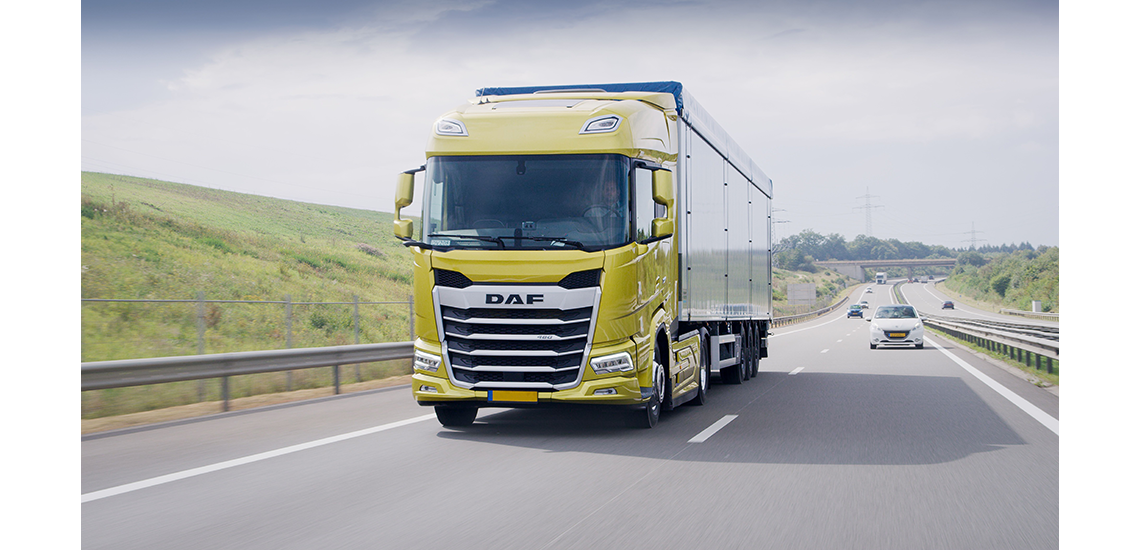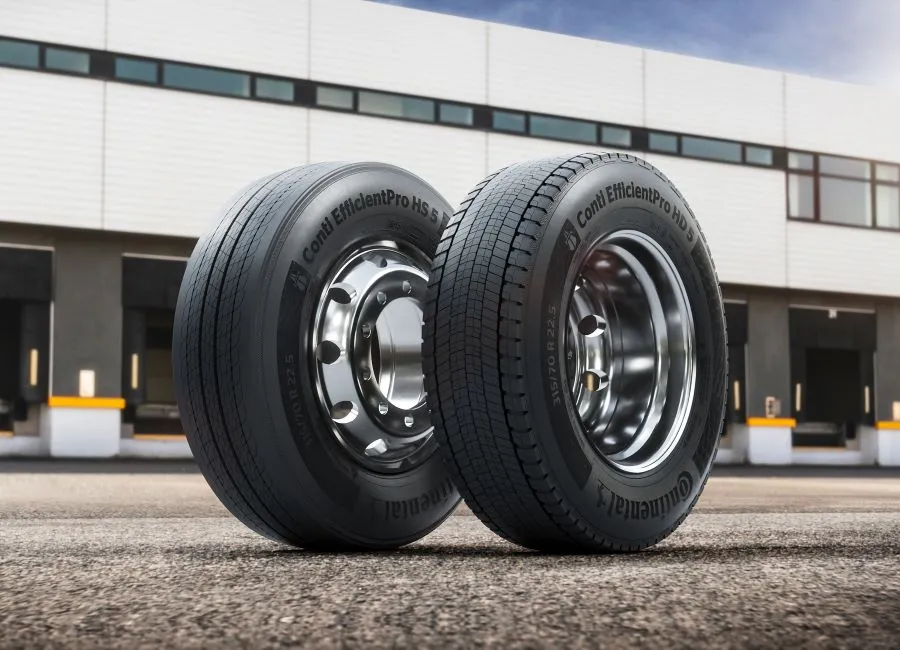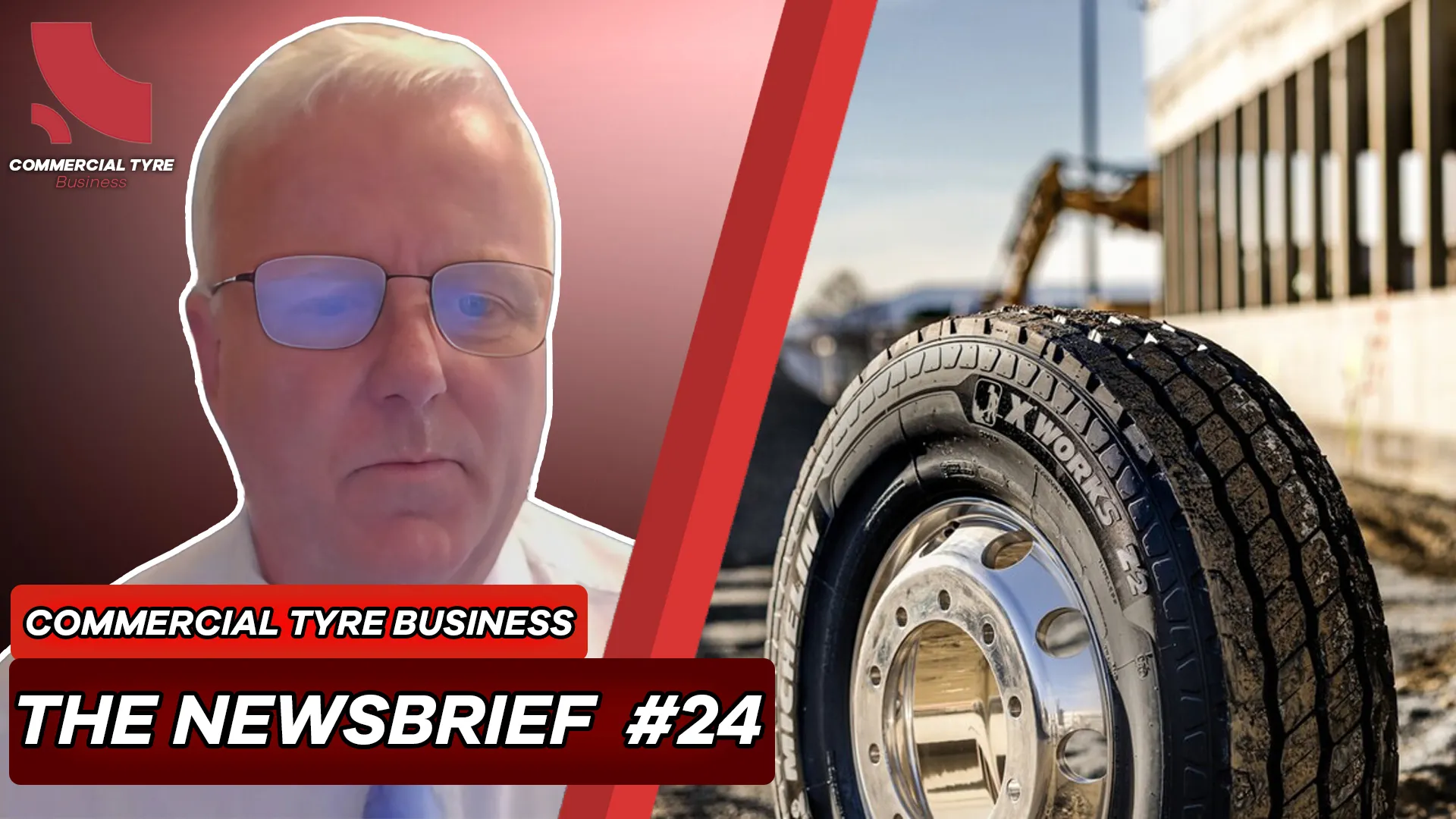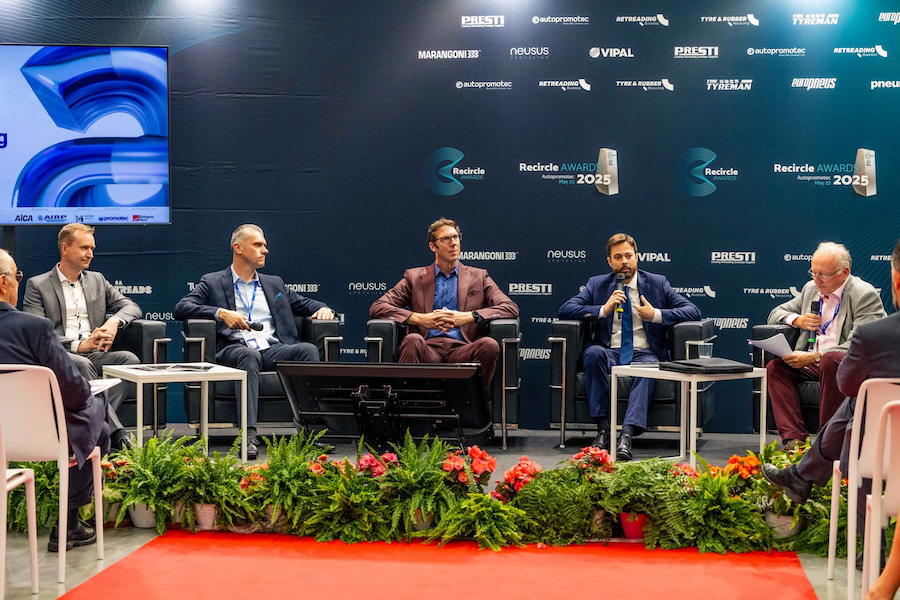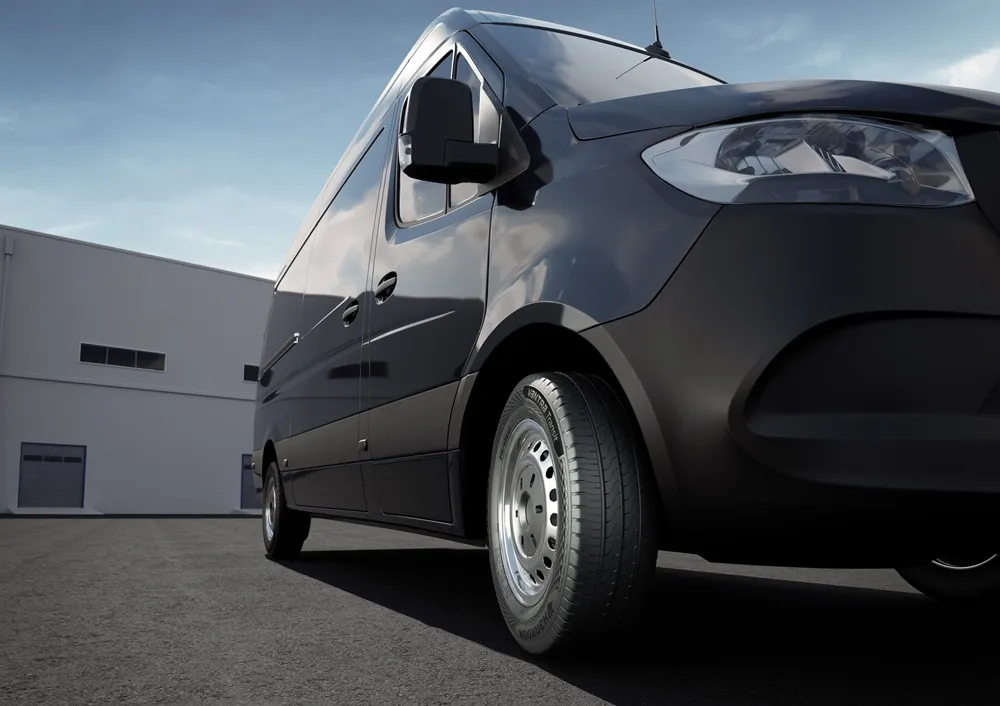Goodyear has rolled out a new fuel efficient and versatile product line called FUELMAX ENDURANCE during a virtual press conference in which the results of the company’s Sustainable Reality Survey were brought into focus as well. Goodyear’s FUELMAX ENDURANCE portfolio is a range of steer and drive axle tyres designed to provide an innovative solution for transportation and logistics companies operating both on motorways and A- and B-roads.
The new range has been designed to support thousands of fleets and truck manufacturers in the UK and Europe to reduce their carbon footprint, by combining the fuel efficiency levels known in long-haul applications with the durability, traction and mileage required to drive on A- and B-roads. The company has stated that the new product line is “the most versatile and fuel-efficient it has ever produced”, and underlines that all sizes feature a B- label in fuel efficiency, while offering enhanced performance in inter-regional applications.
Sustainability and Efficiency at the Forefront of Goodyear’s Focus with FUELMAX ENDURANCE
Sustainability is a megatrend that isn’t just dominating the transport, tyres and logistics sectors, but the world over. Companies and manufacturers are facing up to these demands and commitments on a daily basis. Only in December 2019, the European Commission presented the European Green Deal in which it stated its aim to become the first climate neutral continent by 2050.
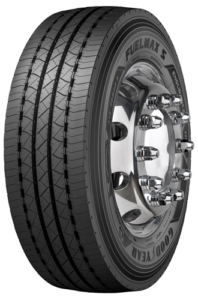
This was underlined by Grégory Boucharlat, vice-president Commercial Europe for Goodyear during the press conference, “Vehicle manufacturers, fleet managers and operators are under increasing pressure to meet sustainability targets whilst operating on low margins. Regulators, investors and end-customers are demanding ‘clean’ products being transported in the most sustainable way. To support a real move towards a climate-neutral future in a highly complex environment like transportation, green and efficient operations need to go hand-in-hand, without adding complexity.”
On the Goodyear’s launch of the FUELMAX ENDURANCE he added, “With the new FUELMAX ENDURANCE, we bring the fuel efficiency known in motorway operations to A- and B-roads. It’s efficient and hard-wearing, offering low emissions and excellent grip as well as long-lasting performance and mileage. With this new product line, we wanted to bridge the gap between sustainability and reality in daily operations.”
FUELMAX ENDURANCE Delivering Large CO2 Savings
The Goodyear FUELMAX ENDURANCE is a standard tyre fitment for new trucks, the range covers a wide variety of haulage applications while supporting manufacturers in further lowering emissions levels of new heavy-duty-vehicles by 2%, on average, in comparison with a C-label tyre for fuel efficiency. This is in line with Europe’s overall ambition with CO2 emissions of new production commercial vehicles needing to be reduced by 15% from 2025 onwards and even double, 30% as of 2030, in comparison with the 2019-20 baseline.
During the press conference, Maciej Szymanski, Marketing Director Commercial Business Unit Europe at Goodyear, put the CO2 savings into context, “A reduction of 2% in CO2 emissions translates into a saving of about 1 tonne CO2 and 400L of fuel per truck, per year. If a 100-vehicle fleet switches from a C-label to a fuel-efficient B-label tyre like FUELMAX ENDURANCE, this would represent a potential saving of 100 tonnes of CO2 emissions and 40,000 Litres of fuel, per year. You can imagine the potential when we start multiplying the numbers of vehicles and fleets.”

Goodyear FUELMAX ENDURANCE: The Features
The FUELMAX S ENDURANCE steer tyre combines Goodyear’s IntelliMax Rib Technology in a 5 or 6 rib design with ingenuity in the rib distribution and groove geometry. The stiffeners in the shoulder grooves connect when the tyre rolls, increasing the robustness of the tyre and limiting wear in more demanding off-motorway journeys, where stop-start driving, curb stone impact, increased turning and manoeuvring and more braking put additional demand on tyres.
The increased tread depth on selected steer sizes results in more wearable rubber, providing better grip later in the service life. An innovative low energy-loss tread compound offsets heat generation caused by load forces on the steer position. A number of steer tyres also feature an optimised sidewall compound, further contributing to lower emissions and fuel efficiency as it decreases flexion and deformation of the sidewall in off-motorway operations.
In addition to the innovative tread compound for use on the drive axle, the drive tyre benefits from a dedicated curing process to further optimise rolling resistance. The directional tread design includes a high number of deep sipes, deep centre grooves and more biting edges to improve traction and evacuate water more effectively.
By combining new and existing technologies, the full FUELMAX ENDURANCE range provides high fuel efficiency (B-label), with enhanced robustness, late life grip and traction. Both steer and drive tyres feature the 3PMSF certification and are equipped with RFID, enabling connected tyre management.
As further proof of Goodyear’s commitment to the circular economy, the new FUELMAX ENDURANCE is fully compatible with Goodyear’s Retreading program. The drive tyre will be available as a premium TreadMax moldcure retread, adding extra mileage while providing the same features and benefits as the new innovative tread and reducing tyre costs up to 30%.

